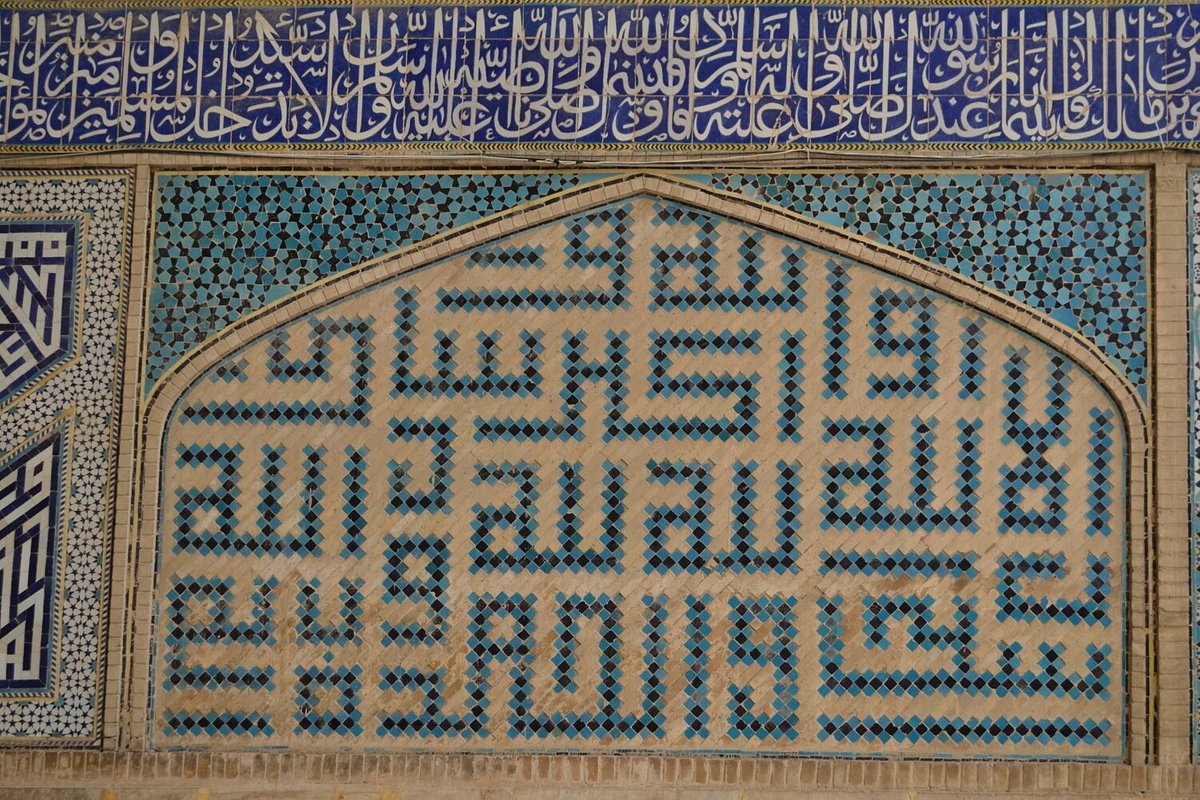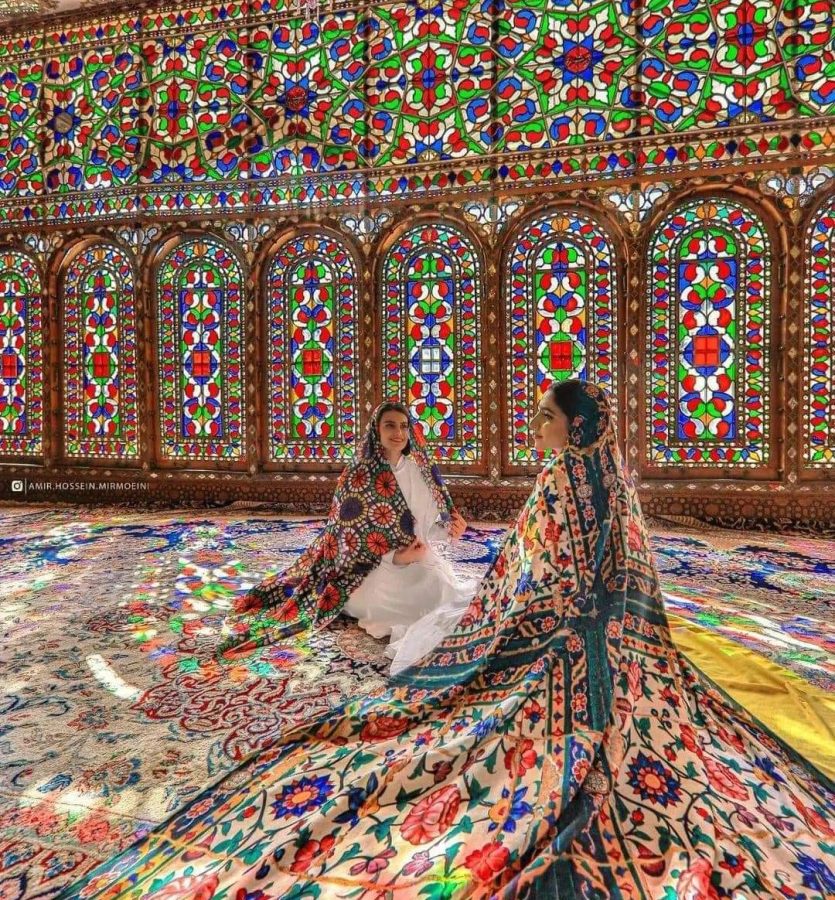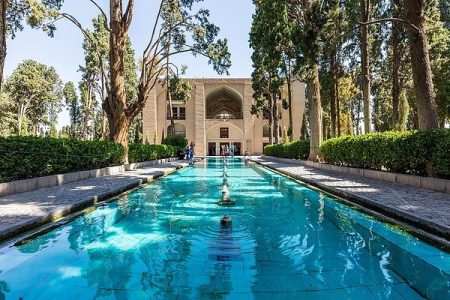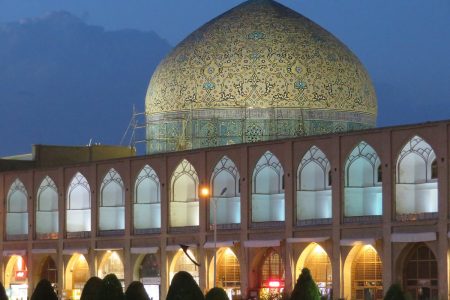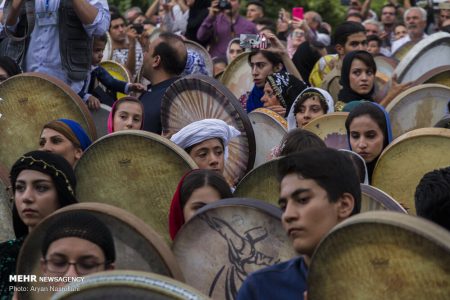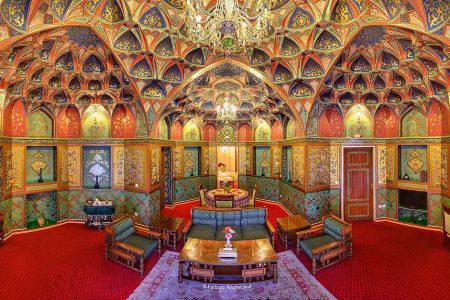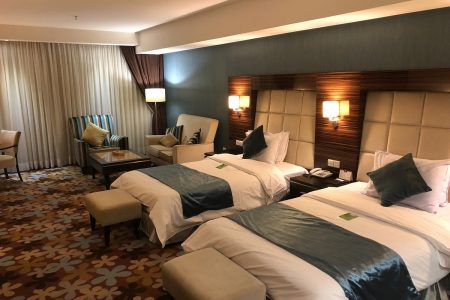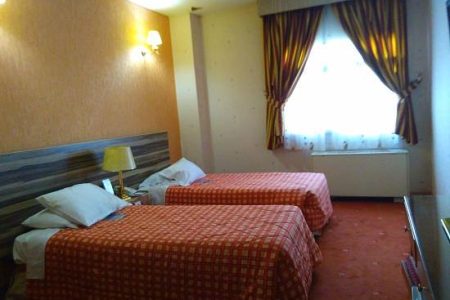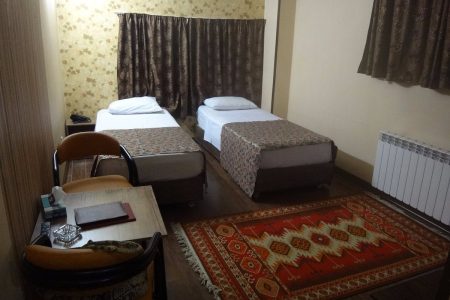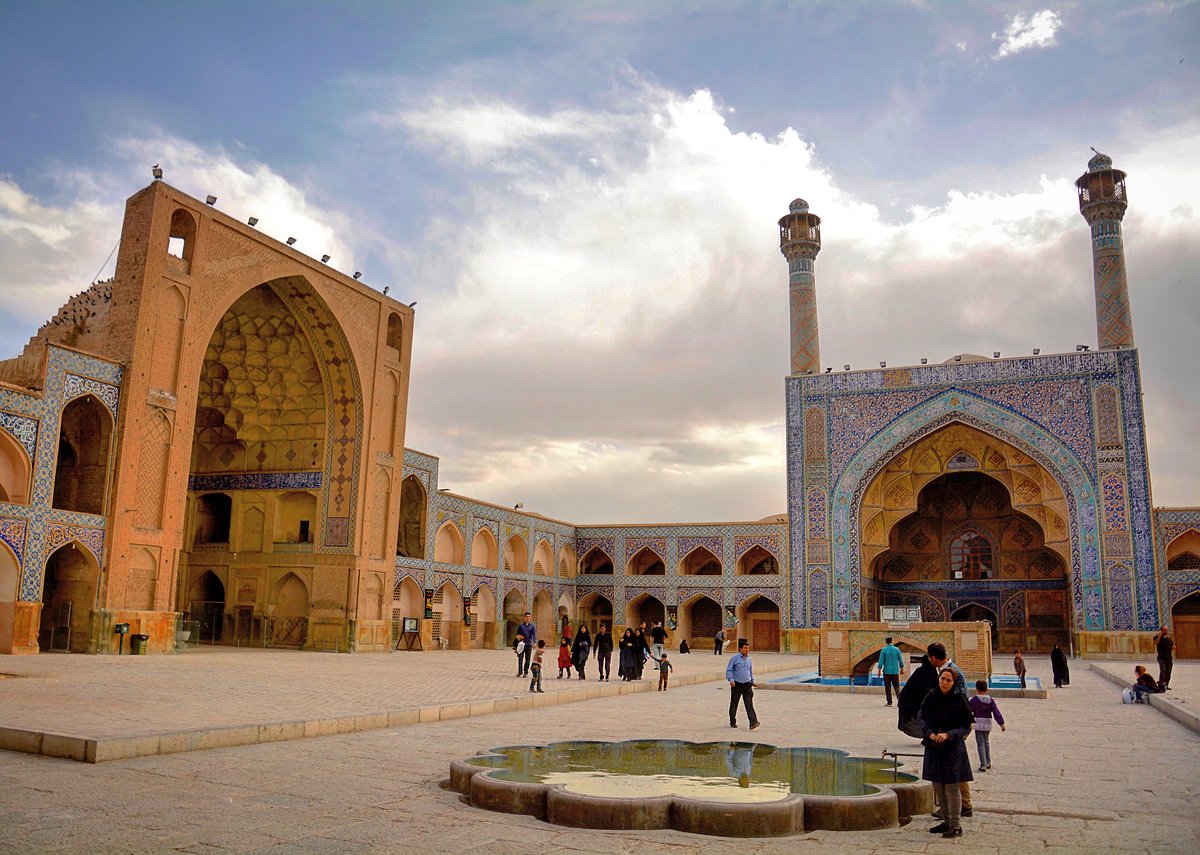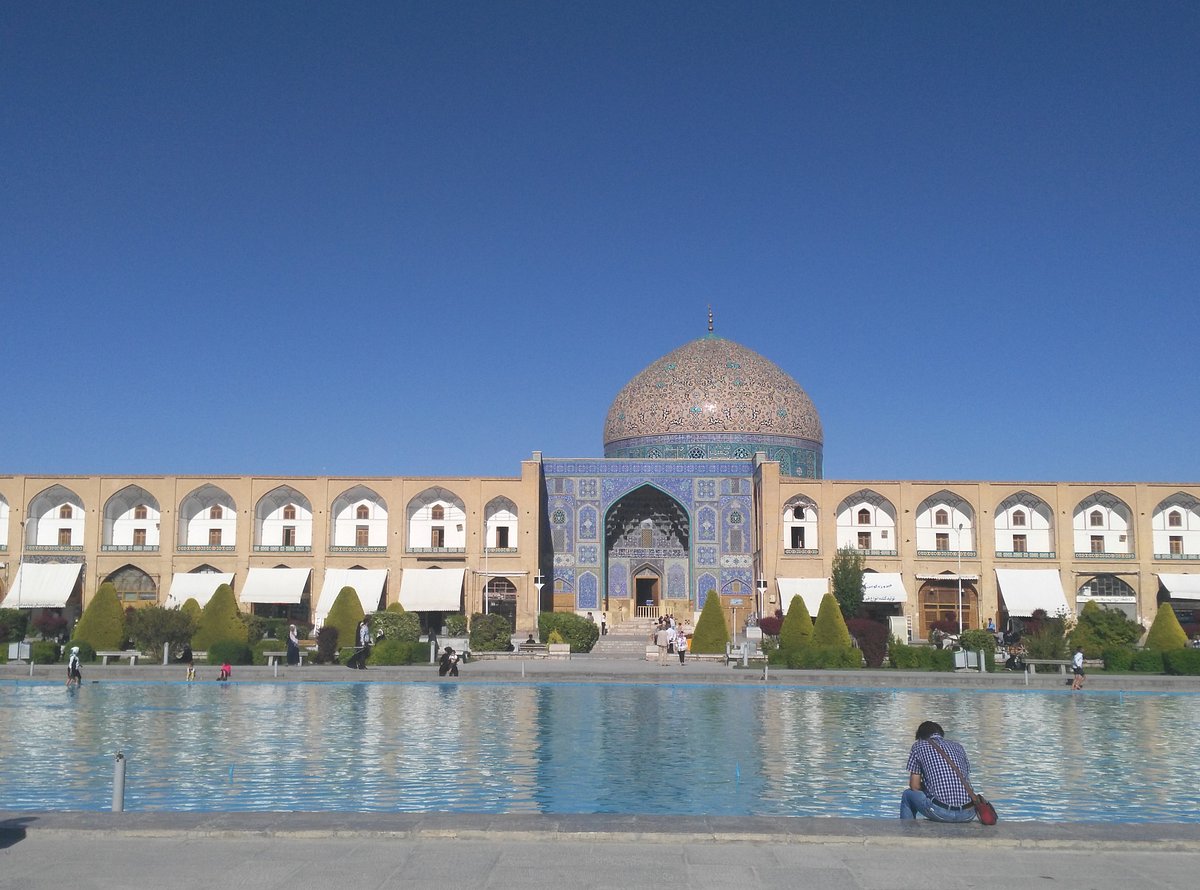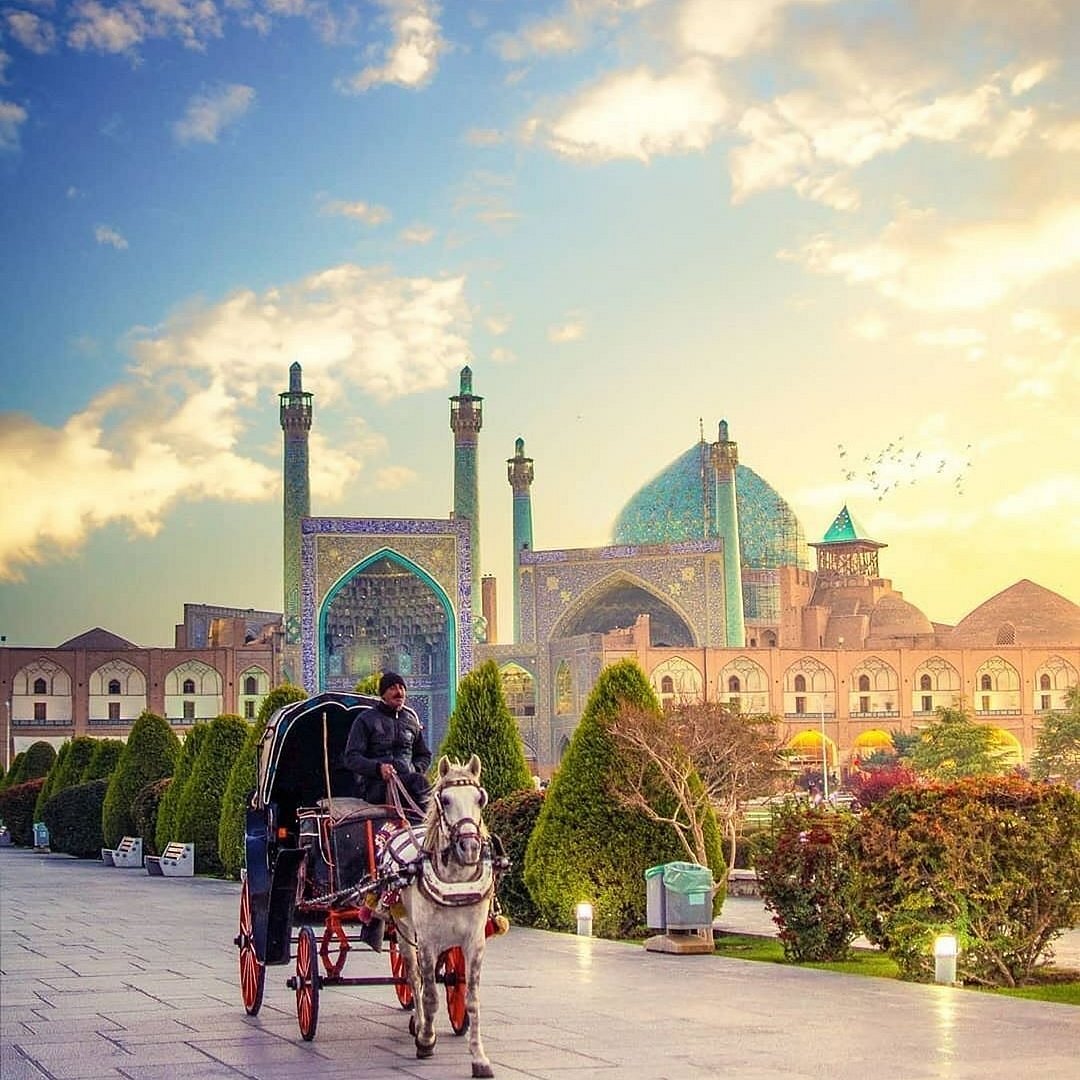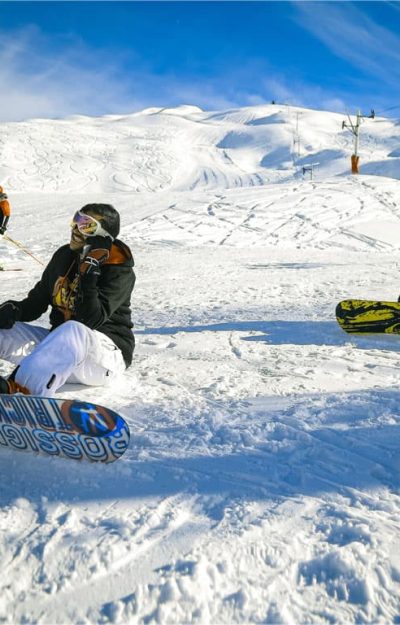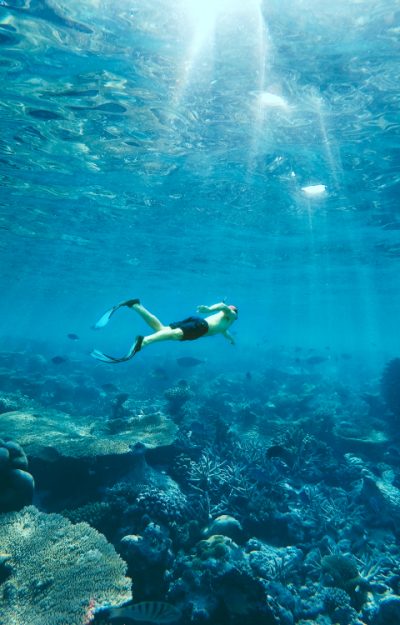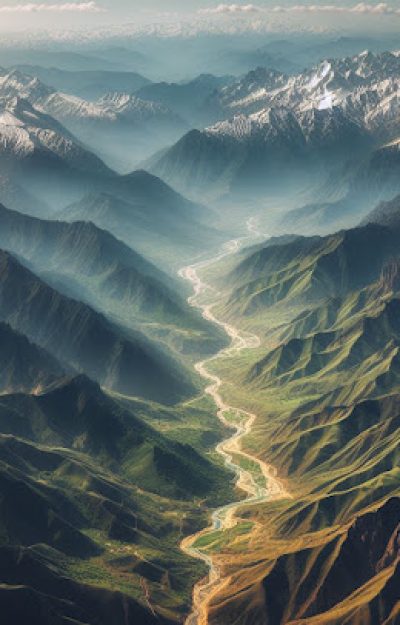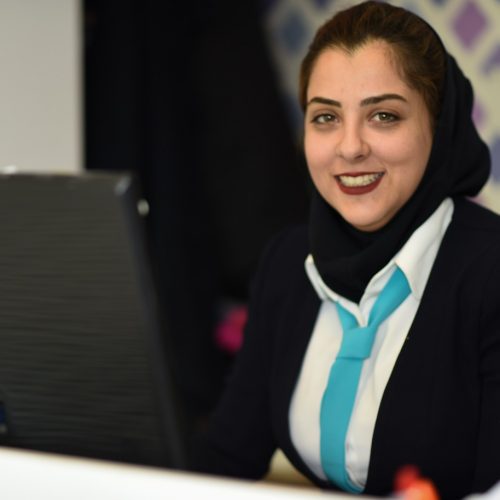Why to visit Isfahan?
Let’s go on a journey through the sprawling boulevards of Isfahan, one is welcomed by an effusive amalgamation of historical grandeur and contemporary vibrancy. This city, which once was an essential crossroad on the legendary Silk Road, has meticulously preserved its splendiferous monuments, lush gardens, and vibrant bazaars, all of which stand as testaments to its storied past and its vibrant cultural tapestry.
The majesty of Isfahan is perhaps most luminously reflected in the Naqsh-e Jahan Square, an immense field of architectural beauty and historical significance. The square, inscribed as a UNESCO World Heritage site, is surrounded by the imposing Shah Mosque, Ali Qapu Palace, Sheikh Lotfollah Mosque, and the entrance to the Grand Bazaar. Each edifice, with its intricate tilework, soaring minarets, and majestic domes, conveys the artistic prowess and the architectural ingenuity of the Persian artisans of the Safavid era.
The lush Zayandeh Rood river, a lifeline in the parched desert terrain, meanders through the city, its banks adorned with the equally storied and aesthetically delightful bridges like Si-o-Se Pol and Khaju Bridge. These structures not only served as functional constructions for crossing the river but also as meeting points where people gathered to share tales, philosophize, and bask in the serene beauty of the sun setting upon the gentle waters.
Art and craftsmanship entwine seamlessly in the city’s vibrant bazaars. The resonance of hammer striking copper, the gentle caress of the weaver’s hands upon delicate silks, and the aromatic allure of spices form a sensorial symphony that immerses visitors into the very soul of Isfahan. Here, meticulous miniaturists, masterful carpet weavers, and skilled metalworkers perpetuate an artistic legacy that has transcended generations.
As we transcend the tangible and delve into the intangible, Isfahan’s cultural and social richness unveils itself. The warm-hearted and welcoming Isfahanis, with their eloquent poetry, intricate music, and scrumptious cuisine, invite you into a world where the modern and the ancient coalesce in a harmonious ballet. It is a place where stories are not just told but are lived, where every stone, every alley, and every smile invites you to traverse through epochs, experiencing the mystical allure that is so quintessentially Persian.
Isfahan, a manifestation of architectural splendor, a kaleidoscope of vibrant markets, and a confluence of warm and amiable dwellers, undoubtedly forms an essential pin on the map of any discerning traveler. To traverse its streets is to walk through chapters of a richly illuminated manuscript, each page unfolding tales of emperors and artisans, of conquests and artistry, inviting you to be enthralled, to explore, and to become a part of its eternal narrative.
